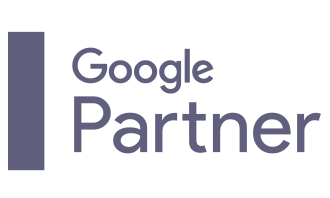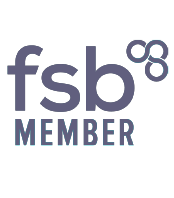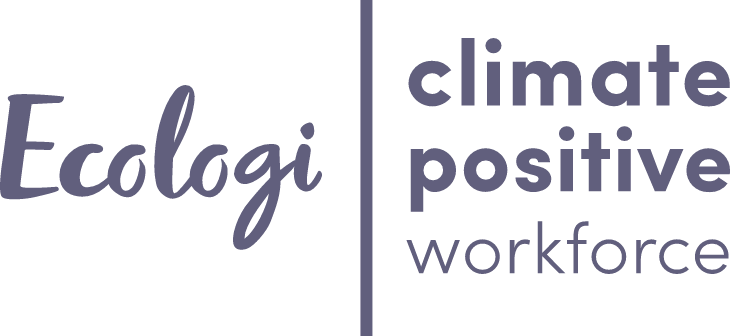When investing in a new website, you’re going to want it to look as good as possible. That’s a given.
How do you make that happen? With a little bit of design magic and brilliant development, of course. But there’s an integral ingredient to every website that can often be overlooked: images.
Finding something from your camera roll isn’t going to impress many people, and you don’t want to be stuck with exclusively stock images. So, what to do…
Well, here’s a few ideas.
Consider what you need
If you’re working with a great web design agency, they should be on your case for photos as soon as the project kicks off. Not had that conversation? Get on the phone and ask what the plan is when it comes to the images for your website.
Want some photos of the local scenery? Check out local photographers and see if they have images for sale, or if they’re available to take the pictures for you.
Are new headshots needed to make the team page look top-notch? Find a corporate photographer to pop down to your office and get the photos ready to launch alongside the new website.
How to choose your imagery
You should be looking for high-quality images that are going to look great on both mobile and desktop. Whilst a low-resolution photo may look good on your phone, it’s going to look like a bit of a mess when it’s projected on to a monitor or TV screen.
Here’s a tip. Check out the size of the image files you’re using. The likelihood is, if they’re small, they’re not going to be good enough quality to use. There are also many other factors to consider, including the lighting, relevance to the subject and age of the photo.
The best way to get great photos? Hire a photographer and let them use their skills to ensure you’ve got the high-quality imagery you need for your sparkly new website.
The benefits of great images
Great photography commands attention. It’s so important that you can stop the scroll and tell a story that people want to listen to. People are much more likely to stick around on your website if they’re visually drawn to the page.
By showing your face or your brand, you’re building trust with visitors. Trust building through a screen is often difficult, but investing in photography can make it happen. You’ll be able to convey professionalism and personality in equal doses, showing visitors you care about your brand and want them to care too.
You’re in control of the image your brand gives off. With stock imagery, you’re stuck with a design of somebody elses making. Your own images mean you can represent your business in whatever way you’d like. The authenticity and personality of your people will be shining through, and will offer a much more positive emotional response compared to a picture of random people working in an office.
Stock images – positives and negatives
There’s always a place for stock imagery, but when we’re designing a new website, we try to warn customers away from using exclusively stock imagery. Too much stock imagery can ruin brand identity and leave visitors with an unclear idea on who you and your business really are.
However, in certain circumstances, stock imagery can be a really useful tool to go alongside bespoke photography. For example, if you’re looking for a beautiful sunset, a stock image won’t hurt. Or maybe you’re looking for some graphics that fit your brand and don’t want to invest in a graphic designer to make them.
Websites such as Shutterstock and iStock have huge catalogues of images that are available to search and download at relatively low costs.
Thinking about a new website?
You’ve come to the right place. We’d love to hear about your plans and discover how we might be able to help you build a new digital home for your brand.
It’s really easy to get started. Either give us a call or book a meeting – we can’t wait to chat to ya.










